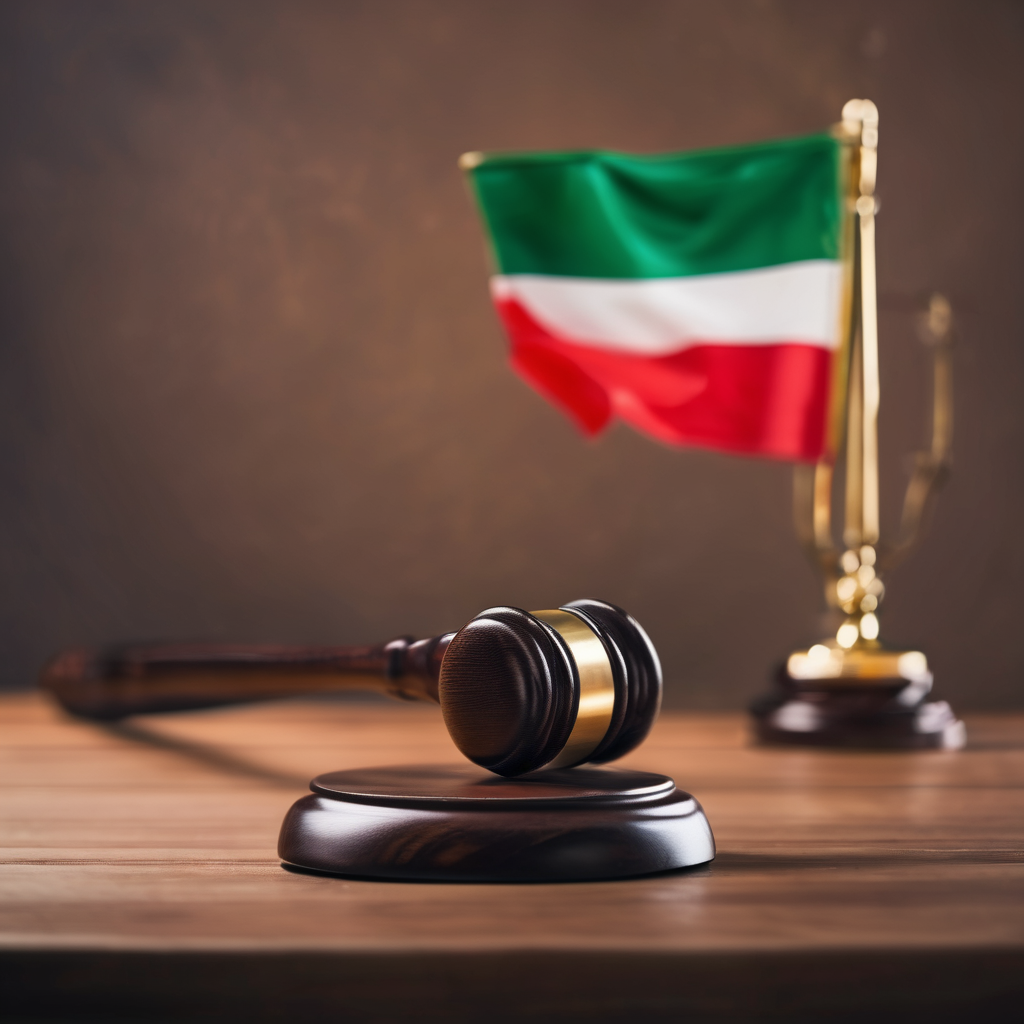Recent decisions by the Italian Supreme Court have sparked intense public discourse regarding the financial ties between Silvio Berlusconi’s businesses and organized crime. A ruling issued in October 2025 has confirmed that Berlusconi’s companies have not been proven to be involved with the mafia, a stark contrast to a previous ruling from June 2021 that had asserted the opposite. This situation raises significant questions about the nature of judicial truths and the interpretation of court decisions by the media and public commentators.
The 2021 ruling rejected an appeal by Berlusconi’s company, Fininvest, against allegations from journalist Ferruccio Pinotti and magistrate Luca Tescaroli, linking the company to Cosa Nostra and referencing past testimonies from convicted mafia members. Conversely, the subsequent 2025 ruling dismissed the Palermo prosecutor’s request for special surveillance and asset confiscation against Marcello Dell’Utri, a close associate of Berlusconi. The court emphasized that no definitive proof of money laundering activities by the mafia within Berlusconi’s enterprises had been established.
Both rulings highlight different facets of the legal system where distinct legal standards and procedures apply. The 2021 decision was primarily concerned with the journalistic right to publish potentially defamatory content, ruling that sufficient process-based evidence existed to support Pinotti’s claims. Meanwhile, the 2025 ruling focused on whether the existing evidence met the higher requirements necessary for imposing preventive measures like asset confiscation.
Legal intricacies often elude simplified media narratives, where the details of judgments become overshadowed by headlines proclaiming absolute truths. The media may emphasize definitive conclusions, potentially distorting the actual judicial findings. This trend can lead to public misinterpretation, where one group looks for confirmation of guilt and another seeks exoneration, based on the same legal proceedings.
Leonardo Sciascia, a renowned Italian writer, articulated the importance of understanding the judiciary’s role with humility, stressing that judges should not be seen as prophets dispensing absolute truths. Instead, the essence of judicial conduct encompasses uncertainty and the understanding that legal judgments yield conclusions relevant to specific legal contexts rather than definitive historical truths.
As we navigate the complexities surrounding these judicial decisions, it is essential to recognize the limitations inherent in the legal system. Court rulings, while significant, do not provide comprehensive or objective historical narratives but rather represent responses to particular legal queries. The challenge lies not only in the rulings themselves but also in the persistent tendency to frame them as definitive truths, creating a misunderstanding of the justice system’s purpose.
In seeking clarity and understanding, we must acknowledge that the multifaceted nature of the law reflects the intricacies of human experience. The endeavor for absolute certainty in a world filled with uncertainties is an illusion, and we should approach these matters with a sense of humility and acknowledgment of the ever-present shades of gray in judicial processes. By doing so, we foster a more nuanced understanding of justice and its manifestations in society.
